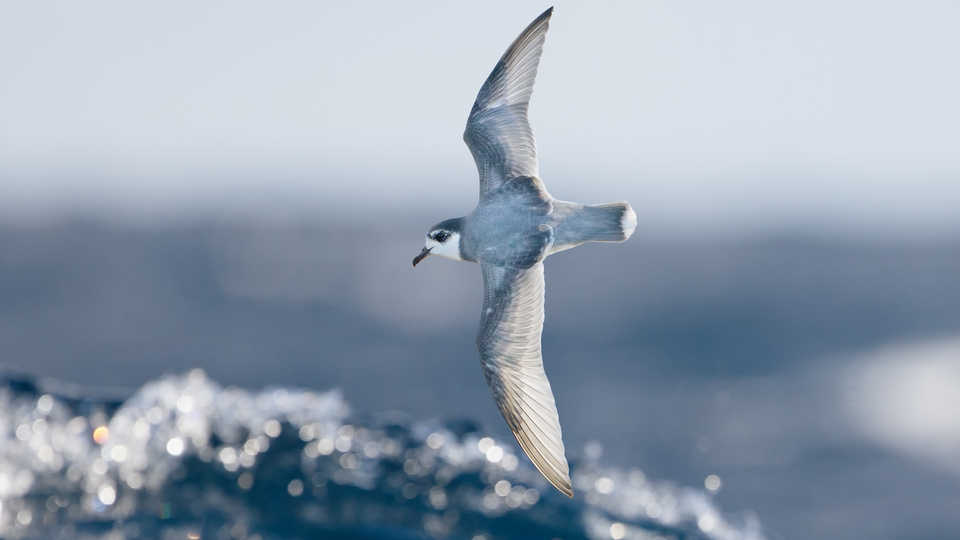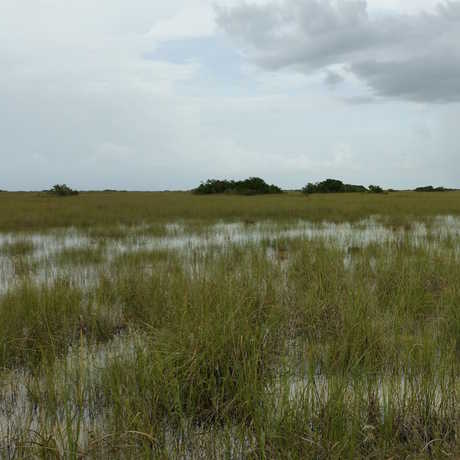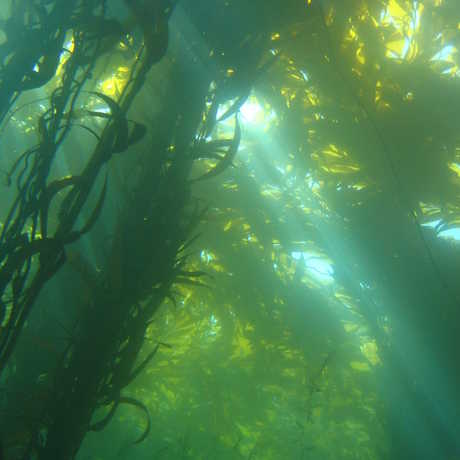Science News
The Terrible Scent of Ocean Plastics

This week, we’re examining plastic in our oceans. About eight million tons of plastic make it into our oceans every year, and the United Nations Environment Program estimates that “over 13,000 pieces of plastic litter are floating on every square kilometer of ocean today.” Over the next several days, Science Today will report on what organizations are doing to prevent pollution and clean our ocean, and today, we’re focusing on how this plastic affects marine life, mainly tubenose seabirds, such as albatross and petrels.
In April, at the University of California Grad Slam, I saw UC Davis’ Matthew Savoca explain his research on how these seabirds are attracted to the scent of plastics in the ocean—in under three minutes. (You can view that presentation here.) Earlier this month, in a bit more extensive detail, his findings were published in Science Advances, so I recently caught up via email.
Many of us are familiar with the horrifying images of the stomach contents of albatrosses—filled with plastic. And Savoca and his advisor, Gabrielle Nevitt, wondered why the majestic birds—and their petrel relatives—eat so much of the stuff. “Since we knew these birds are highly reliant on odors to find food,” he says, “considering if plastic may smell attractive to the birds seemed like a logical question to test.”
So the scientists got to work. To test how ocean plastics might smell to the birds, Savoca and Nevitt put beads made of the three most common types of plastic debris—high-density polyethylene, low-density polyethylene, and polypropylene—into mesh bags, and tied them to buoys in the water at Monterey Bay and Bodega Bay. “After about a month at sea, we retrieved the plastic and brought it to a chemical lab at UC Davis to analyze its headspace (odor) for the presence and concentration of different sulfur compounds using a Gas Chromatograph.” That chemical lab, oddly enough, was the UC Davis Robert Mondavi Institute for Wine and Food Science. “We are thinking of seabirds eating plastic as them making a foraging decision, albeit a bad one,” Savoca explains. “So when you consider that this is a foraging issue, it makes sense to collaborate with researchers who study food and how people make decisions about what to eat and drink. That and they had the chemical equipment we needed.”
The lab team confirmed that, sure enough, the plastic reeked of the sulfur compound dimethyl sulfide, or DMS, a chemical cue released by algae, which coats floating plastic. “DMS is an algal produced compound that increases in abundance when algal cells lyse (die),” Savoca says. “Some tubenosed seabird species use DMS to locate productive areas to forage.” That led to the other component of the team’s study. They conducted “a large meta-analysis where we looked at all the records we could find for procellariiform seabirds ingesting plastic,” he reports. “We noticed a strong positive correlation between those species that use DMS to find food and how frequently they consume plastic debris.”
The researchers found that the birds may simply just be following their usual foraging clues straight to plastic, ingesting it as they would the small organisms they are supposed to eat. And it’s not just seabirds who use this chemical cue to find food, finding plastic instead. “Some (but not all) species of fish and possibly even marine mammals use this compound [DMS] to locate phytoplankton grazers (such as krill) to eat.”
Savoca will continue to study the foraging issues in marine wildlife, even after he finishes his dissertation and graduates. And he’ll continue to find creative ways to communicate his research. “I think it’s extremely important for scientists to communicate their findings to broad audiences, especially the public,” he says. “I feel so strongly about this, I even wrote a blog post about communicating science to the public a few years ago. Most science in this country is public-funded, so I feel the scientific community has a responsibility to to our funders (the public) to let them know what we’re doing with their tax dollars and why. Furthermore, getting people excited in science gets more adults interested in backing scientific causes and makes children more likely to consider science in their studies and eventual careers.”
Image: JJ Harrison/Wikipedia

